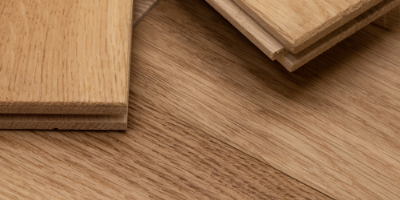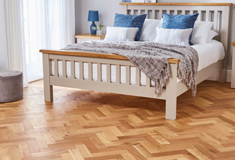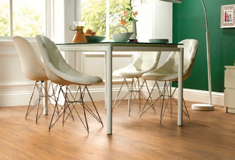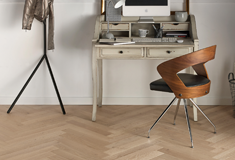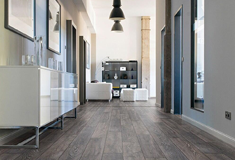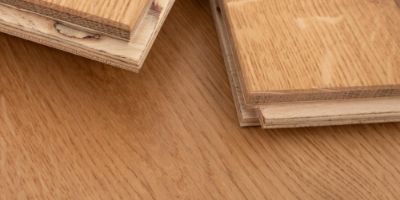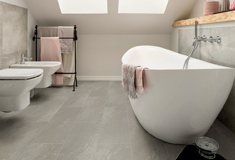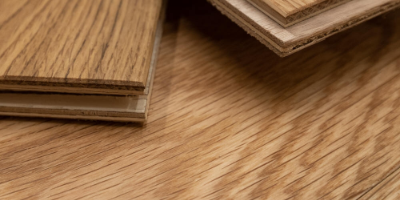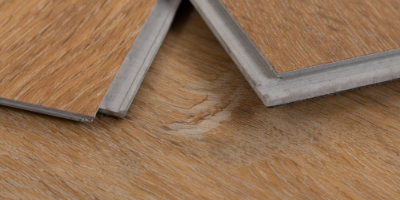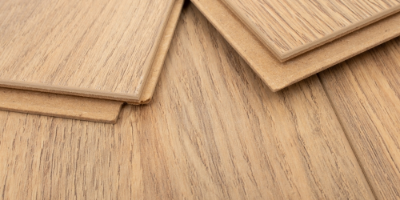Ways of Installing Luxury Vinyl Tiles
Flooring is one of the most dependable features in any home design, built to withstand years worth of heavy traffic. Yet, different floors have different levels of wear and durability, with even the most durable of floors needing some TLC every now and then.
Thankfully there are many industry standards to revamping a home floor including polishing, varnishing and lacquering. However, should you need to completely replace an old floor, which should you choose? Do you go for carpet, traditional hardwood, laminate or vinyl click tiles?
Of these available options, we feel that vinyl is the best option for those looking to replace an old floor. This is because it delivers the look and charming touches of natural wood flooring, yet is relatively inexpensive and easy to install. Along with this, vinyl flooring can be used within any room.
In fact, it is so easy that we have put together a quick how to guide for how to install this incredibly versatile flooring option.
Vinyl tiles have 2 methods of installation - the first is click installation which involves connecting one protrusion on a tile’s edge into a gap in a second tile. This will allow for a stable floor layout and reduce gaps but must feature a click system built in to achieve this. The second method is gluing each tile down, more suitable for rooms with varying temperature or high exposure to sunlight.
Preparation
Before laying down your new flooring tiles, it is important to make sure all preparations are made. The first part may be obvious but start by completely removing the old floor, and from here you must make sure that your subfloor is completely levelled.
This involves hammering in all nails, sanding down any uneven wood, making sure that all previous adhesive is removed, and any holes are filled with a shrink proof water resistant levelling compound. Should the floor need more extensive levelling beyond this, we would also recommend making use of a self-levelling compound.
From here you will now need to lay down the underlay, which will reduce the chance of the panels slipping as well as add insulation. You may wish to use an underlay with a damp proof membrane, however given that vinyl tiles are waterproof this can merely be a precautionary measure.
The final step is to store the floor within the desired room from at least 48 hours to allow it to acclimatise, making the floor less brittle and easier to install.
Fitting Click Luxury Vinyl Tiles
To begin with, leave a gap of at least 2mm around any edges or where the vinyl will meet another floor, as this will provide room for expansion.
Next, begin laying down each tile beginning with the first row. Cut off the tongue edge on the outside of your first row and place along the wall, being careful to leave the recommended expansion gap.
Once this is done, lay down the additional rows, slotting the tongue into the grooved section to click them together. Then continue on, being sure to stagger each plank by 6mm for greater stability.
Gluing Luxury Vinyl Tiles
To begin with, dry lay the first 2 rows as before, leaving the 2mm expansion gap, then mark down the perimeter of each plank. Remove the planks once you have done this.
Next, apply the adhesive within the defined area of the sub floor, using a recommended brand and following instructions for the amount and setting time. Now you may lay down each tile, pushing down to spread the adhesive to the back of the tiles.
Quickly remove any excess residue and use a heavy roll to bond the adhesive to the planks. Be sure to do this within 30 minutes of placing the floor down. Repeat this process for all subsequent pieces and soon your new floor will be installed within your room.
There are a couple of precautions to take however; first wait at least 24 hours before walking on your new floor or moving furniture back into the room. Second, in rooms with high moisture levels such as the bathroom and kitchen, apply a waterproof transparent silicone around the perimeter of the floor.
Have Your Say
Have you got any tips to share about installing LVT? Let us know your thoughts!
Remember to follow us on Facebook, Twitter, and Instagram for the latest news and discussions. We’re always finding new ways to improve our stock, so keep up to date!

